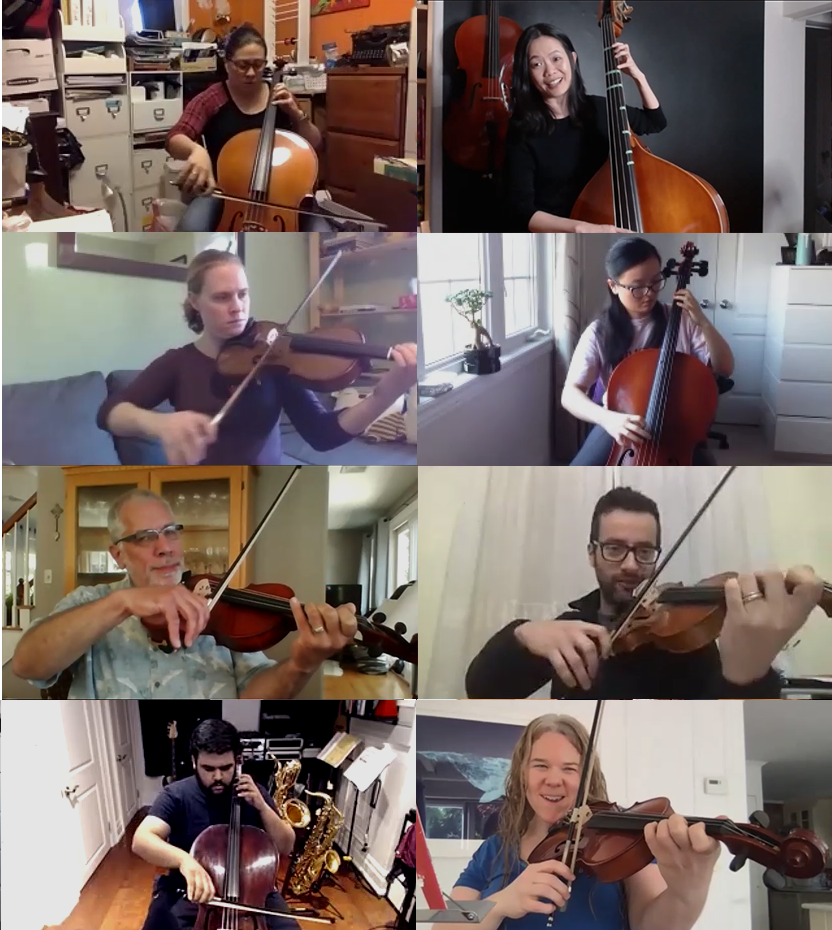It’s Back to School!
The new school year is upon us and it’s back to classes and lessons! Do you need some new ideas for teaching strings? Here are four great strategies you can use to accelerate student learning. (Confession: I spent all summer inspired to finish my upcoming book, ‘Smart Music Theory (So smart, it teaches itself!)’, so my apologies for not having any new posts!)
Teach Scales by Finger Pattern
Every scale is based upon four basic finger patterns, and teaching these to students makes teaching scales so easy! Not only do they make scales easier for students to memorize, they are common across all four instruments, making it easy to remind the entire class fingerings for each key signature without having to address each individual instrument. It also establishes a vocabulary for you to evaluate their knowledge without having to have a playing test, and to easily teach shifting and position work. Learn more about why I teach scales by finger pattern in this article.
Teach Rhythms by Family
In my unique collection of bowing exercises, Smart Bowing Exercises for Strings, rhythms are arranged by family so that they can be learned together instead of one at a time. For instance, all long-short-short variations are learned together, and all dotted rhythms can be learned together. Smart Bowing Exercises for Strings also has diagrams of bows to show students how much bow they should use, and where in the bow certain articulations and dynamics are played. It’s an amazingly comprehensive resource. Check out how many skills you can teach with bowing exercises here.
Teach Strings With Fingering Charts
String students need fingering charts! Especially if they are learning to play past first position. Fingering charts help students visualize where they are on the fingerboard, as well as lets them figure out fingerings for themselves. I even use the 2-octave fingering chart myself when I am faced with tackling passages that reach into the stratosphere. Curse that John Williams! Read about why I think fingering charts are important here.
Teach Some Fiddle Tunes
You can teach so much through a simple 16-bar fiddle tune: memorization, compound time, bow direction choices, and more. Read more about the many, many, many ways I use fiddle tunes to improve musicianship in my students.
Hope these ideas are getting you excited about what you can accomplish this year. Enjoy!
And remember to take advantage of the Back-to-School School License Sale of 15% off!





Leave a Reply